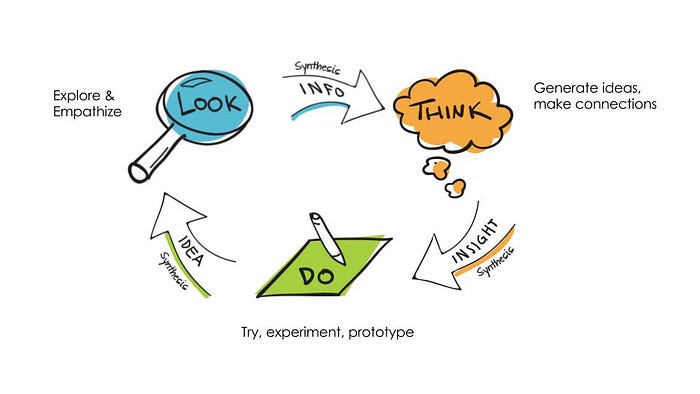
10 Models for Design Thinking
In 2004, business consultants Hasso Plattner and David Kelley developed a model that would change the way engineers and designers, and eventually educators, business executives, and social entrepreneurs around the country solved problems — specifically human problems.
The Human Centered Design Process- the method to resist methods, as I like to think of it- encourages people to identify and solve problems by doing 3 unintuitive, even counter-cultural, tasks:
- Empathize
- Work Together, and
- Fail Effectively.
Plattner and Kelley popularized the HCD method of problem solving through the development of IDEO, an international product design firm, and the Stanford Design School. Today companies and organizations across America have adapted the model. Below are 10 models to compare and contrast human-centered methods.
1. Hasso Plattner Institute of Design at Stanford

2. IDEO, International Design and Consulting Firm

3. Google Design Sprints (I)

4. Google Design Sprints (II)

5. Austin Center for Design, Educational Program

6. DEEP Design Thinking, Design Educator Mary Cantwell

7. SAP, Software Programming Company(I)

8. SAP (II)

9. Design Council UK, Charity for Strategic Design

10. Design for America, Student Social Innovation Firm

While the defining words and number of stages of the Human Centered Design process change across fields and organizations, the consistent values of empathy, collaboration, and iteration remain the same. To explore the mindsets and methodologies of human centered design, go here.
